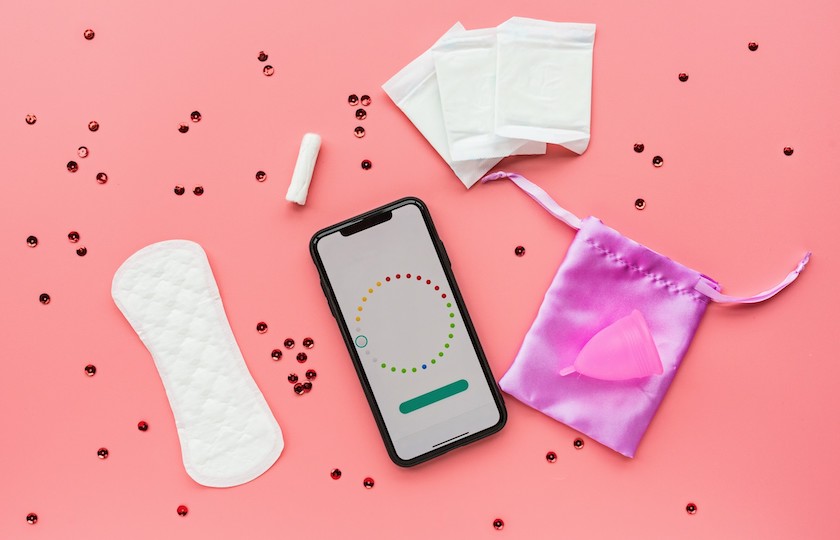Have you been considering switching to more sustainable period products? Plastic has become part of our everyday lives and our menstrual cycles are no exception.
According to Tampax, a menstruating woman changes her tampon every four to six hours, which adds up to 20 or more tampons each month. Meanwhile, National Geographic reports the average woman use up to 15,000 disposable period products during their lifetime – most of which end up in landfills and oceans.
Thankfully, in recent times, more products have been developed which have less impact on the planet – from period cups to biodegradable tampons. Here are some you can choose to use for an eco-friendlier menstrual cycle.
The problem with periods and plastic
The most common component of menstrual products is plastic.
To make pads “waterproof”, a leak-proof base made with synthetic material is used in addition to chemicals such as BPA and phthalates, polyethylene (PET), polypropylene and propylene glycol (PEG).
Tampons use the same chemically processed cotton material, enclosed in plastic applicators, with plastic strings, and are wrapped in plastic. Unsurprisingly, plastic applicators are not usually accepted in recycling facilities due to sanitary concerns.
Many of these products contain harmful chemicals and synthetic materials harmful to the environment and potentially harmful to our bodies.
5 Sustainable period products to try
Menstrual cups
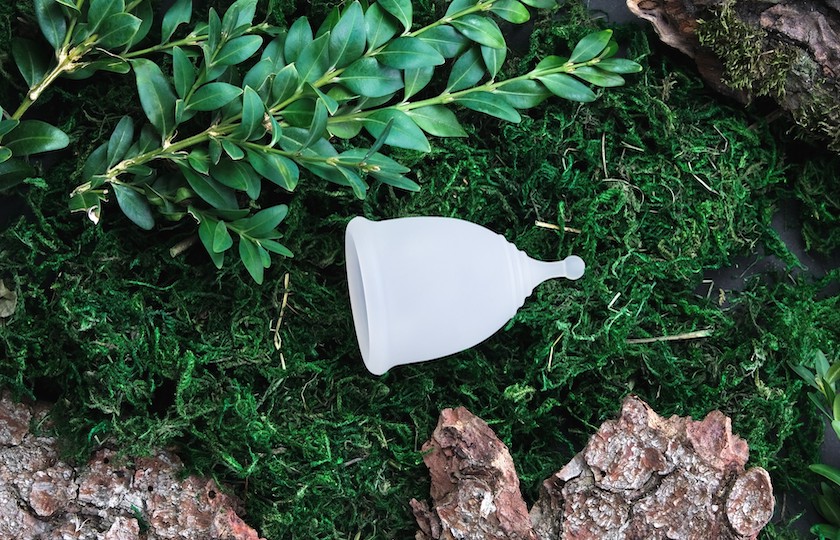
A menstrual cup is a small, flexible cup made of silicone or rubber that one inserts into the vagina to collect period fluid.
The cups can store more blood compared to pads or tampons and can be re-used hundreds if not thousands of times during their life cycle because they can be washed and stored between use. This is leading more women to choose them as opposed to other products.
While one may argue that menstrual cups are still made out of plastic, the amount of time they can be used over and over again trumps single-use pads and tampons that immediately go into the bin.
Some brands of period cups available include Saalt, Moon, Keeper, Lunette, Divaup, Lily Cup, and Lena Cup.
Here’s a helpful guide to help you find out which cup is right for you.
Reusable menstrual pads
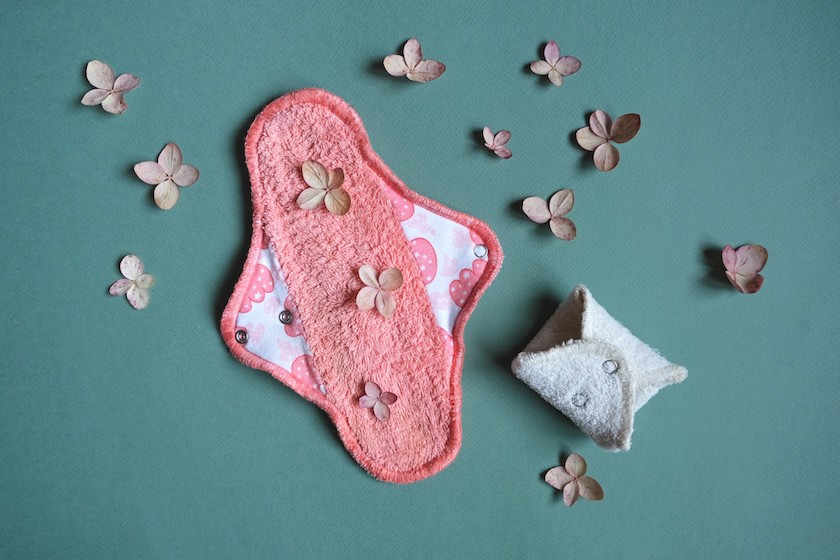
Reusable menstrual pads are cloth pads, typically made of bamboo fibre or cotton, with velcro or a snap button to fasten, and shaped like a disposable period pad. They can be re-used several times.
These pads absorb the menstrual blood, but because it doesn’t have waterproof capabilities, it has to be changed more often than regular disposable pads. After use, the cloth pads need to be washed and blood removed before re-use.
Here’s a tutorial on how you can make your own reusable menstrual pad:
Biodegradable Pads
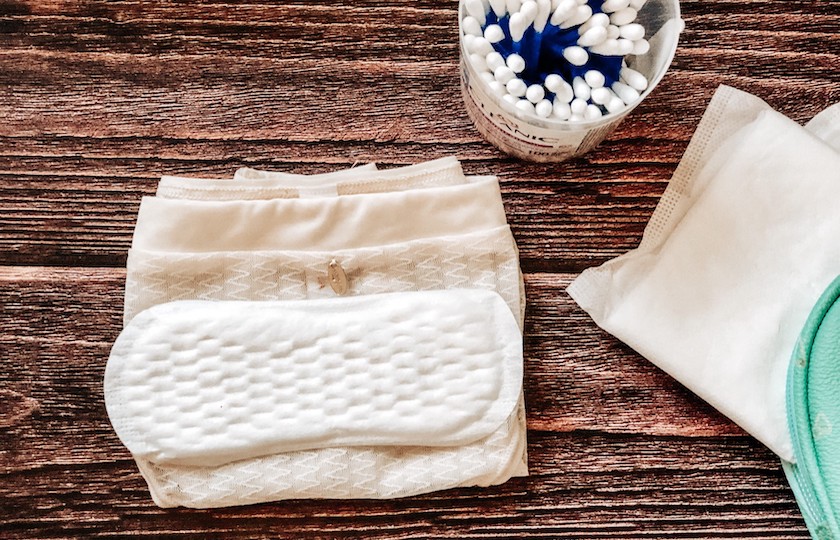
Compared to reusable cloth pads, biodegradable pads are, well, biodegradable. However, keep in mind that not all biodegradable pads are compostable.
The surface of biodegradable pads is usually made of organic cotton, banana fibre, or corn starch, while the absorbent layer is made using bamboo fibre to avoid using any plastic or harmful chemicals. Many biodegradable pads eliminate super-absorbent polymer (SAP) and wood pulp, but some plastic is retained for waterproofing.
So these are still not 100 per cent eco-friendly. To make sure you’re making the better choice, check the labels to see if your biodegradable pads are compostable.
Plastic-free tampons
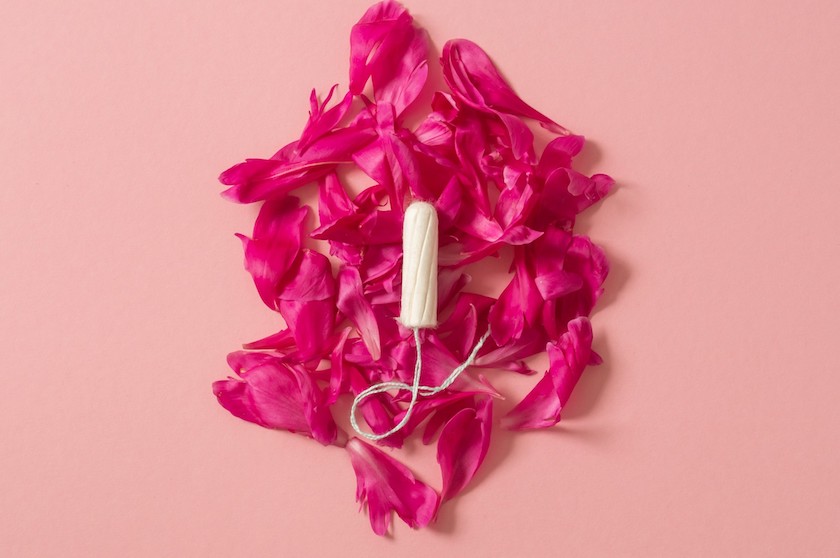
Plastic-free tampons are made from organic materials like cotton or wood pulp containing no chemicals, bleach, or synthetic materials. Because they’re made of organic materials, they’ll usually decompose. However, some tampons that claim to be “plastic-free” still come in plastic wrappers or polymer-coated applicators.
Choose the one with cardboard and paper-wrapped tampons to ensure it is eco-friendly.
Period underwear
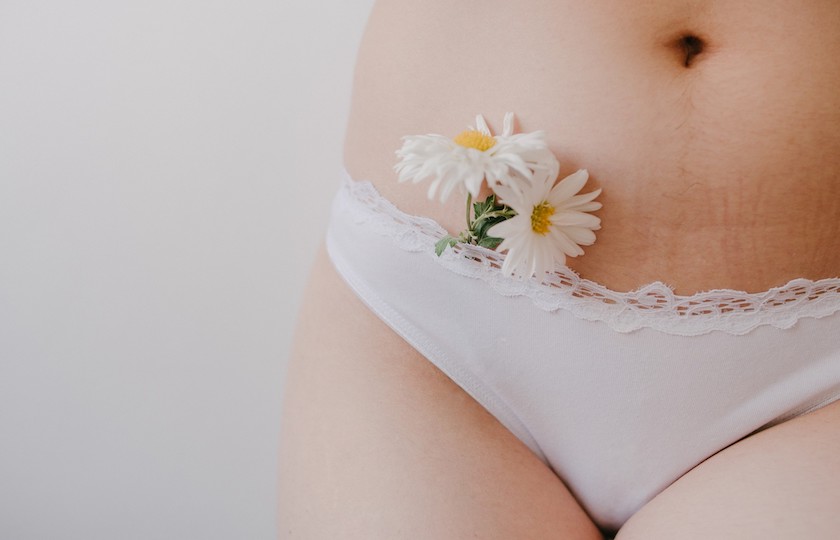
Period underwear is made to look like regular underwear but designed to absorb liquid like blood and urine and keep moisture away from the skin. The fabric in period underwear contains moisture-wicking fabric made of thousands of microfibres that trap liquid to prevent it from leaking onto clothes.
Brands like Modibodi and Femze have launched absorbent underwear made from non-toxic and compostable materials such as sheep wool and bioengineered textiles.
Putting a period on waste
With the impacts of climate change becoming harder to ignore, a rising movement encourages people to adopt more sustainable lifestyle choices.
Contrary to popular belief, a sustainable period cycle doesn’t have to eliminate pads or tampons. There are eco-friendly versions available in the market that one can mix and match depending on what feels comfortable for their body.

